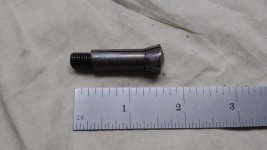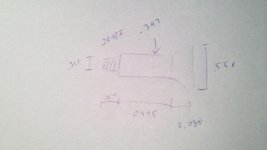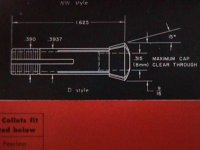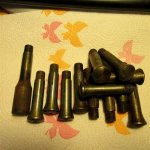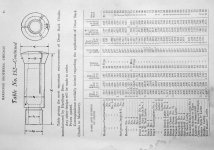The oldest book on American watch lathes, as far as I know, is The Watchmaker's Lathe by Ward Goodrich, published in 1903. It was reissued in 1952 with additions to update it with pictures of newer lathes and was in print for over twenty years later. Most of the book seems to be original 1903 text and pictures.
Goodrich mentions that C. S. Moseley, possibly a son of Horace Moseley, invented the conoidal form. They claimed it avoided cracking during heat treat and allowed greater accuracy in manufacture and in use. They also claim that imported versions are inferior. The only conoidal collets I have were made by Moseley and G. Boley (Germany). G. Boley is generally thought to be an excellent maker.
Another unusual feature of Moseley 8 mm collets is that they were designed for more flexibility than the more popular WW 8 mm collets. They have longer bodies and they have three extra blind slits between the threaded end and the cone (or conoid) located between the normal slits. I suppose they were meant to give a wider grip range than other designs. As I recall, not all Moseley collets have the extra slits. It may have been an idea that was not worth the extra cost of manufacture.
A 1947 catalog covering Moseley lathes and collets does not mention the conoidal version, but I don't know the exact year they stopped selling them.
Larry


